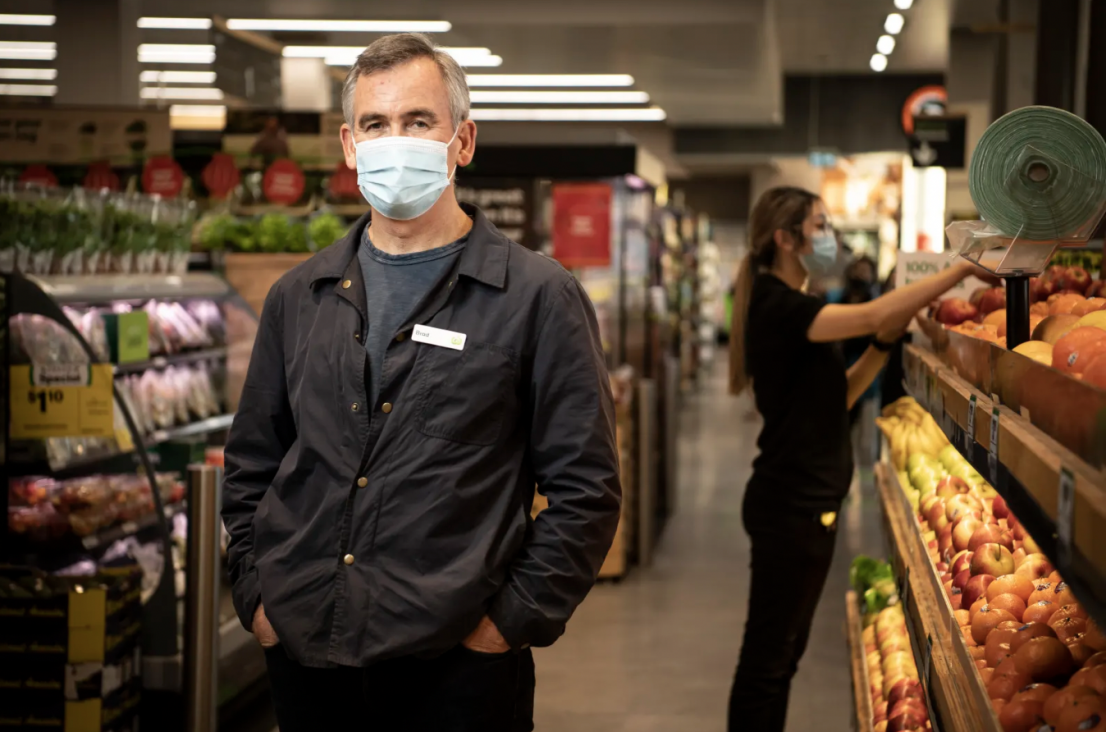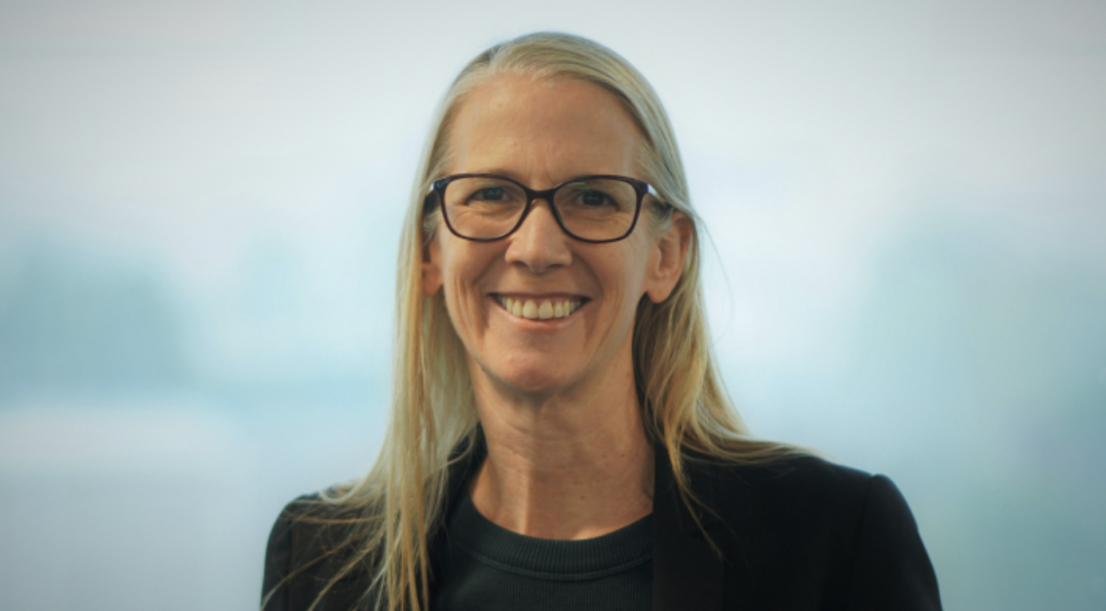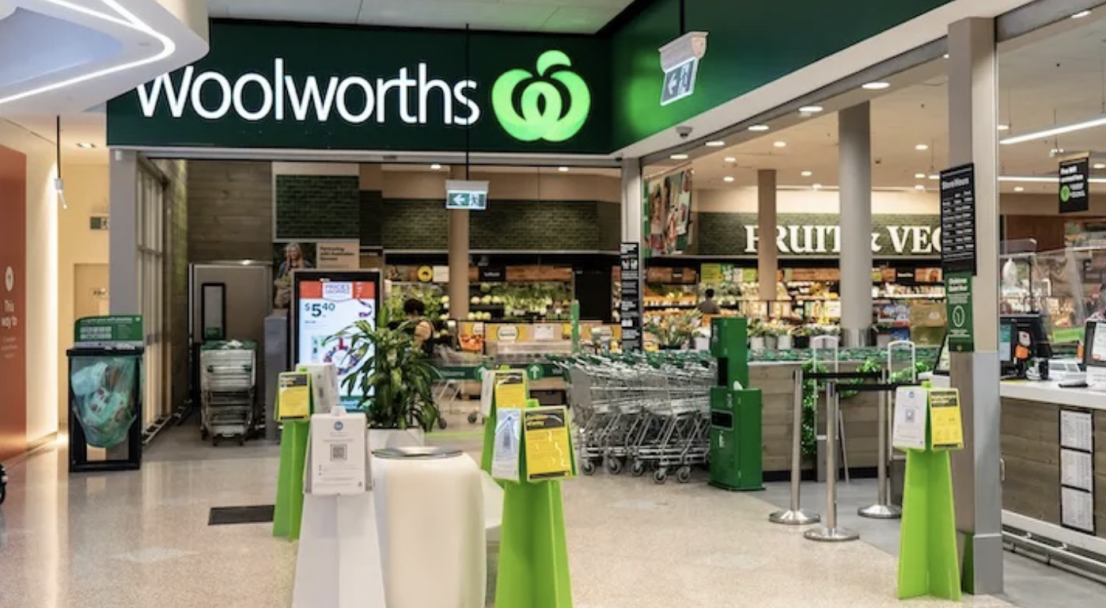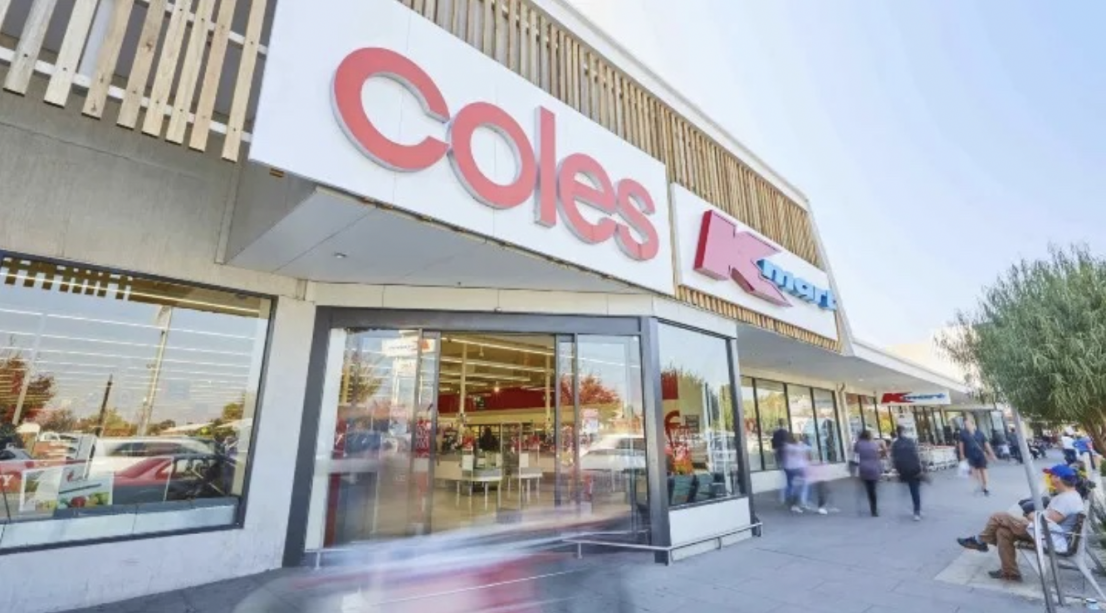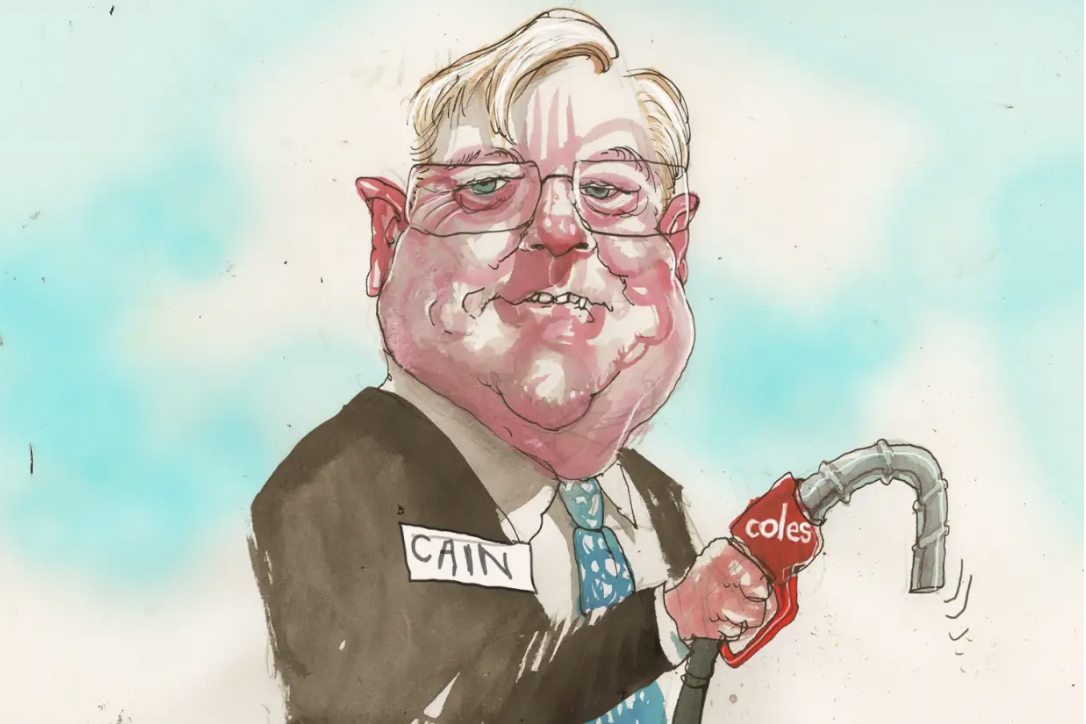To deliver on the dual objective of growth and profitability, grocers need to take a range of simultaneous actions:
Engage customers meaningfully in their omnichannel journeys and invest in user experience
Omnichannel has become table stakes. After spending the past few years building this core offering, grocers are now focusing on retention efforts by forging personal relationships with customers to increase basket size through upselling and increased frequency of trips, both online and in store. Grocers are also experimenting with new ways to engage shoppers in omnichannel. For example, mobile scan–based product information and scan-and-go commerce are changing the way shoppers interact with grocers in-store and on apps. Establishing and maintaining a social connection with consumers and reaching out daily will be important for grocers hoping to move from share of stomach to share of mind. A social-first, video-rich capability will also be a must-have. E-grocer Weee, for example, which specializes in products for Asian and Hispanic shoppers, uses gamified, video-rich social media offerings to nurture a highly engaged customer base.
To draw more consumers to e-commerce, retailers must offer lower costs, reduce minimum order requirements, protect quality and freshness, and enhance the breadth and discoverability of their assortments.
The convergence of value propositions across the industry is raising the bar on user experience in e-commerce. Consumers increasingly value the ability to find products quickly and build their baskets while shopping online. Grocers are responding by investing in e-commerce capabilities and forming partnerships with technology companies to improve the user experience. For example, Albertsons and Google have partnered to create in-store shoppable maps with dynamic hyperlocal features, AI-powered conversational commerce, and predictive grocery-list building.
At the same time, retailers must enhance the in-store experience through continued investments in store technology. Solutions include self-checkout, digital shelf tags, and payments innovation to improve personalization and efficiency.
All of these offerings will have the dual objective of enabling growth while increasing profitability. However, focused investments will be needed to build both the talent bench and the core technology infrastructure. Successful grocers will seek to attract the right talent to their organizations and address the legacy technology debt from the past couple of decades.
Successful grocers will seek to attract the right talent to their organizations and address the legacy technology debt from the past couple of decades.
Build a distinct—but connected—capability in e-commerce category management
Because e-commerce is set to account for a significant share of overall business, retailers are starting to be more deliberate about standing up channel-specific management capabilities and getting sharper on assortment choices (breadth and depth, online versus offline), pricing, and online-only promotions, among other factors. Grocers need to make investments in data, analytics, and IT infrastructure to get a deeper understanding of their online business performance—for example, the effectiveness of online promotions and digital shopping trends by consumer segment. They must also dedicate resources to building their organizational muscle through efforts such as upskilling merchants. These capabilities should be integrated into a broader omnichannel category management strategy, which can provide a holistic and thoughtful merchandising experience anchored in a single view of the customer.
As consumers continue the shift toward buying through mobile apps, grocers are starting to use the full suite of e-merchandising levers—such as product placement, product recommendations, personalized promotions, and digital media—to monetize their digital assets with consumer goods companies. The launch of retail media networks (such as Instacart’s new Carrot Ads platform) allows retailers to capture a greater share of marketing spending from brands beyond what they have traditionally captured. This source will be a key driver of profitability for grocers in the coming years.
Making this shift will not be easy, and our survey indicates that retailers recognize this challenge. Retailers and CPG companies have deep and complex ways of optimizing trade promotions and advertising in the brick-and-mortar channel. There are dozens of mechanisms through which CPGs and retailers invest in advertising and trade, and ROI is often hard to track and measure. Both retailers and CPGs will need to lean on digital capabilities to optimize their investments for greater impact on revenue and profitability.
Develop a portfolio of fulfillment options that are aligned to individual markets’ needs
As demand for online grocery continues to scale, grocers are going to have to revisit how and where they fulfill orders. The network of the future for grocers will encompass a mix of automated MFCs, manual dark stores, and store fulfillment. Matching the right fulfillment option to each specific location based on a market’s demand profile and service promise will be critical.
Retailers are conducting pilots with automated MFCs and manual dark stores. Many grocers are now locating MFCs close to their customers to improve speed at a lower cost. Both aggregate demand and consistency of demand are key factors in ensuring ROI. Grocers are also implementing centralized fulfillment centers to handle larger order volumes and support next-day delivery in highly concentrated geographies.
In parallel, grocers are experimenting with new last-mile models (for example, autonomous vehicles with precise delivery slots) and tech-enabled logistics optimization to lower costs while maintaining service levels.
While automation will be a key lever for retailers to increase efficiency and speed, grocers will need to make at-scale investments to build out a comprehensive network along with a focused effort to drive volume at each node. Since the benefits of automation will accrue to all participants in the industry, there is an opportunity for collaboration among grocers, technology companies, marketplaces, and CPG companies to rapidly scale these networks.
Use e-commerce as a way to innovate and harness the broader ecosystem
Grocers are approaching e-commerce as an opportunity to push the boundaries of their current offerings. Some retailers are deploying e-commerce to strengthen their current assortments (for example, to push private brands and prepared meals) and to promote new offerings (such as meal kits, partnerships with dark kitchens and local restaurants, and expansion into catering services to capture new meal occasions).
In response, grocers need to define their operating models to fully harness their own capabilities while participating in third-party ecosystems to serve customers through different missions. Retailers should also seek to engage consumers where they are spending their time; whether on social channels, on content sites (for example, Eater magazine online), or in the metaverse, grocers need to be there.
Grocers must also quickly determine which components of their end-to-end e-commerce value chain they want to fully own as a core capability and what partners can provide. The answer will vary across the value chain as retailers assess where they can compete with distinctive offerings and where they have the requisite capabilities and resources. Efficiency and speed will be critical factors in deciding whether to invest in in-house solutions or partner with a third party. The market is likely to be segmented into large retailers with the resources to develop efficient in-house capabilities and smaller companies that must rely on third parties.
Implications for other industry players
While many of these recommendations are applicable to all grocery players, the rapid growth of e-commerce has significant additional implications for various players within the broader ecosystem. Besides Amazon, players such as Cornershop by Uber and DoorDash also offer marketplaces for shoppers. Investments continue to pour into instant delivery, with multiple players including Instacart, Gopuff, Gorillas, and JOKR now testing and offering delivery in less than 30 minutes. More first-party services are also emerging: Gopuff and DashMart by DoorDash are now playing in this space with their own warehouse-based grocery-delivery models.
Digital-native third-party marketplaces have notched significant growth in the past few years. They now have an opportunity to use their technical capabilities to ensure their retail partners have access to the best digital technology and user experiences. Another priority will be improving efficiency and reducing costs to customers through the accelerated adoption of technology (such as microfulfillment), increased batching of grocery e-commerce orders on delivery milk runs, and shared resources in delivery across vehicles and drivers. Marketplaces can also unlock additional value pools (such as advertising) that used to flow to media players outside the sector—for example, by luring spending from traditional media channels such as television ads to grocery marketplace advertising via retail media networks.
Pure-play, first-party online grocers have the opportunity to make headway by deploying different delivery models (such as a scheduled, milk-run approach), expanding their offerings to address more need states and occasions, and further distinguishing themselves from traditional competitors (for example, through subscription models). They can also differentiate their offerings by assortment authority (including breadth, depth, and brands covered) and experiment with adopting social-first, video-first offerings to engage consumers.
Despite the substantial growth of online grocery and the increased number of players, the market truly is on the verge of its next transformation. Executives should recognize that the leaders of today are not guaranteed to be winners tomorrow. Retailers that take decisive action and make strategic investments today will be well positioned to carve out a profitable position for the future.


